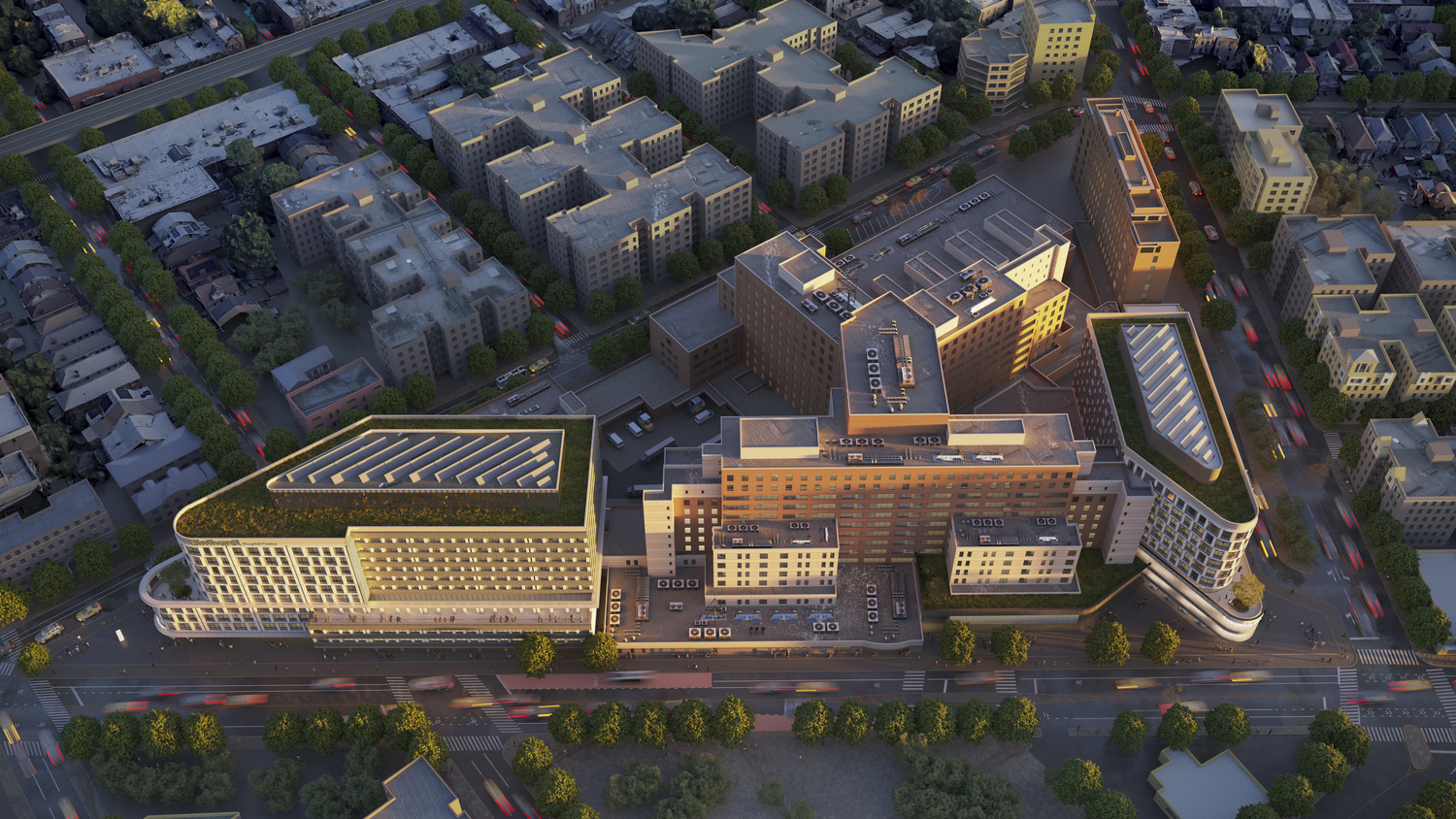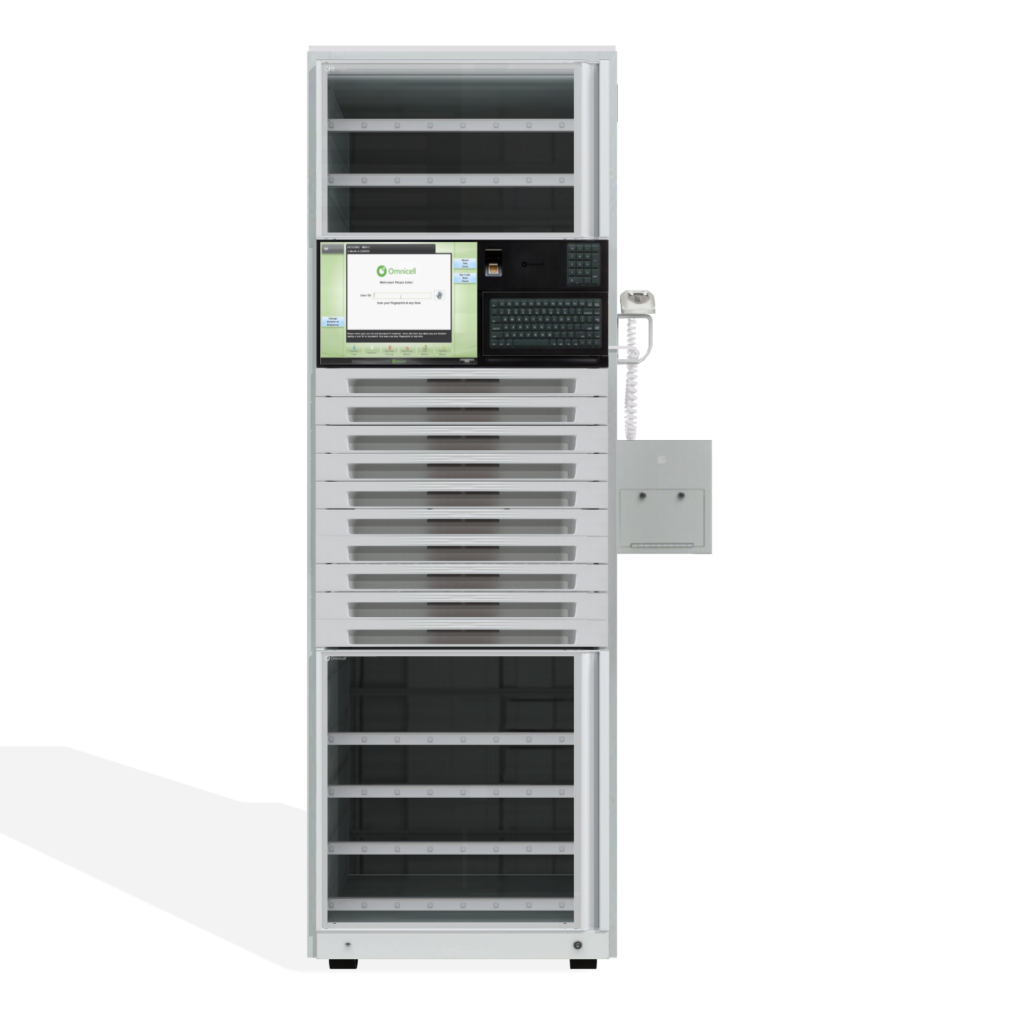I recently facilitated a comprehensive strategic planning process for a regional 14-hospital health system. The health system operates in a unique market in which there is a dominant payor with upwards of 97 percent market share, and the health system itself has a dominant market share in most of the communities it serves. While the prevailing dogma is that healthcare payment is going to shift from rewarding volume to rewarding value – potentially overnight – it is clear that, despite a few market characteristics that could catalyze such a change, the market in which the health system operates is not likely to experience a significant shift any time soon. However, that is not the case in most markets, where change is likely more imminent.

Although the pace of change may vary considerably by market, based solely on the continuing escalation of the cost of healthcare, we believe that significant change in healthcare is necessary and inevitable. Fortunately, we can predict a lot about what the future healthcare environment will look like and require. In this two-part article, we will articulate seven considerations about the future of healthcare and discuss their implications for facility planning. The first three of those considerations and their implications are described below.
1. Reimbursement will continue to decline, further eroding hospital margins
It doesn’t take a genius to know this is true. We have been hearing for more than 35 years that cost escalation in healthcare is unsustainable, and the anticipated insolvency of the Medicare Hospital Insurance Trust Fund in 2029 [1] (meaning it will not have sufficient funds to pay full benefits) is proof thereof. In fact, some economists believe price caps are inevitable, and the cap of $35 for insulin under Medicare may just be the tip of the spear that’s heading our way.
So what can health systems do to position themselves for success in such an environment? There are only two levers to pull – increase revenue and/or decrease expenses. To increase revenue (other than purely through acquisition), hospitals must gain access to new revenue streams. Mechanisms to do so may include, but not be limited to increasing focus on and investment in philanthropy, partnering with private equity, emphasizing and seeking to commercialize research and innovation, more aggressively pursuing advanced, risk-based payment models, and entering new, non-traditional lines of business.
While mechanisms for increasing revenue have clear strategic implications, the need to decrease expenses has more direct implications for facility planning. Mergers and acquisitions have long been touted as the best way to decrease costs by achieving economies of scale. However, history has shown that the potential savings are, at best, a one-time rather than recurring benefit (i.e., spreading fixed costs over a larger system) and, at worst, elusive or unachievable. The biggest and most sustainable potential savings from mergers and acquisitions come through rationalization of services across a new, larger system, which would have direct implications for both strategic and facility planning. However, few, if any health systems have been able or willing to face the mostly political reverberations that come with discontinuing a service at a hospital or closing one altogether.
That leaves increasing operational efficiency as the most pragmatic way to decrease costs. In fact, the long-term savings that can be achieved through operational efficiency dwarf the first dollar cost of new construction, even though many health systems seek to eke out as much savings as they can on the cost of a new facility. Increasing operation efficiency is a direct result of facility planning that incorporates operational and clinical expertise in the design of new or renovated space. However, achieving the potential operational efficiency is not without its own headwinds, as clinical and administrative staff are often reluctant to change the way they have been operating in the past and may push back on efficient operational design. Accordingly, process change management is a critical component of facility planning if the potential savings are to be realized.
In Practice: Implementing a Unit Dosed Medication Program
Rather than relying on the main pharmacy to pick and deliver patient specific medications, on unit medication rooms have automated dispensing cabinets with larger stock to include most first doses. While this plan results in larger medication rooms in each department, it reduces main pharmacy space, significantly reduces currier and medication delivery trips, reduces returned restocked medications, and allows the staff to spend more time in direct bedside care. The long term staffing efficiency and inventory efficiency is reaped each year.
2. Finally, the age of consumerism is upon us and it will increasingly impact where patients get care
We have also been hearing about the rise of the consumer for what seems like eons, and I was a huge skeptic at first – after all, it still takes four years of medical school to get a medical degree – but in terms of access and convenience, getting care where, when, and how they want it, the consumer is finally in charge.
To remain competitive with consumer-friendly industry disruptors and retain patient loyalty, hospitals and health systems must provide an exceptional customer experience throughout a patient’s engagement with them – before, during, and after they receive care. Of course, today, the experience with and at most hospitals is not very good. Having to get medical care for a disease, condition, or accident is, by itself, typically a stressful, if not frightful experience. However, in addition, patients must deal with traffic and congestion getting to the hospital, finding a parking space, finding their way to the right door, finding their way through the hospital, and waiting for every aspect of their care, among numerous other unpleasant aspects of the hospital experience.
From a facility planning perspective, there are a variety of things hospitals and health systems can and should do to help improve the patient experience. First, only the most complex care that needs to be performed at the hospital should be provided at the hospital. The rest should be geographically distributed as close to where patients work and live as appropriate based on the level of care and the need for economies of scale. This strategy is complicated by the desire to retain provider-based payment for as many services as possible for as long as it is available. However, that desire should be tempered by the knowledge that consumers are increasingly choosing to receive care at more convenient, less costly alternative sites, as will be discussed in more detail below. In addition, based on a recommendation from the Medicare Payment Advisory Commission, there is an increasing push toward site-neutral payment for lower acuity services. [2] Regardless of the outcome of that debate, the financial benefits of providing lower acuity care, including ambulatory surgery, at or near the hospital will surely diminish or be eliminated over time. We believe the question is not if, but when those benefits will go away, making reliance on them a risky strategy.
-1.jpg)
Currently under construction, Cooper University Health Care’s Ambulatory Care Facility in Moorestown, NJ is located at the site of a converted Sears. The location provides convenient access to the community, serving as a town center medical hub and leveraging the consumer-centric retail aspect of a mall setting.

For patients that do need to be treated at the hospital, master planning on campus should seek to enhance the patient experience however and wherever possible. Adequate parking must be available and conveniently located proximal to where the patient needs to go. Wayfinding in and around the campus and hospital should be intuitive, aided by technology, when possible. Sufficient space must be available to accommodate the patient and their family members who may accompany the patient to the hospital. Finally, internal and external areas for congregation and respite should be available, as well as the opportunity to connect with nature through biophilic design. These are just some of the ways that campus and facility design can help meet the needs of increasingly demanding consumers.
3. If we don’t get it right – and soon – someone else will
As alluded to above, we have already seen the entry of new players into the healthcare environment, providing a new front door into the healthcare system and disrupting traditional referral patterns. The list is extensive and includes, but is not limited to, major pharmacy companies, payors, and virtual primary and urgent care providers. To-date, most of the disruption has been in primary care and other lower levels of acuity; but it is just a matter of time before specialty care experiences the same disruption and transformation.
Hospitals and health systems cannot wait for their market to be disrupted to react – once patient loyalty and market share are lost, it will be extremely difficult to regain them. As difficult as it may be to convince your CFO to open freestanding imaging centers when you can still get provider-based payment rates, you better at least position yourself to throw the switch overnight.
One way to expedite this transition is to establish joint ventures with existing providers of lower cost, more convenient care. In the short term, while provider-based payment is still available, the joint venture can focus on de novo sites to penetrate new or underserved markets, thereby minimizing the impact on existing revenue streams. However, at some point, hospitals and health systems will need to be in the business of providing most “shoppable services” [3] at lower cost, more convenient settings. In either case, partnering with existing providers who are usually better and often excel at optimizing the customer experience, can reduce the capital required from the health system to establish such sites, thereby preserving limited capital for other projects, and provide often needed operational expertise, as will be further discussed below.
In Closing
The predictions about the future of healthcare described above all point to the need to design and develop more efficient, lower cost, more convenient and patient-friendly sites of care. In part two of this article, we will discuss four additional assumptions that reinforce the imperative for operationally efficient facility planning and design.
Read part two to discover the remaining four considerations!
Explore Array Advisors’ Capabilities in our 4-page brochure.
___
[1] https://www.cbpp.org/research/health/medicare-is-not-bankrupt
[2] Kacik, Alex, “The Looming Battle Over Proposals to Expand Site-Neutral Pay,” Modern Healthcare, Crain Communications, Volume 52/Number 13, July 3, 2023.
[3] In accordance with CMS’ Hospital Price Transparency Final Rule, hospitals must post a consumer-friendly display of standard charges for at least 300 ‘shoppable’ services (or as many as the hospital provides), including corresponding ancillary services, if applicable, that are provided by the hospital. Shoppable services are services that can be scheduled by a healthcare consumer in advance and are routinely provided in non-urgent situations that do not require immediate action or attention to the patient, thus allowing patients to price shop and schedule a service at a time that is convenient for them. There are currently 70 CMS-specified shoppable services. (See at https://www.cms.gov/files/document/steps-making-public-standard-charges-shoppable-services.pdf.)


